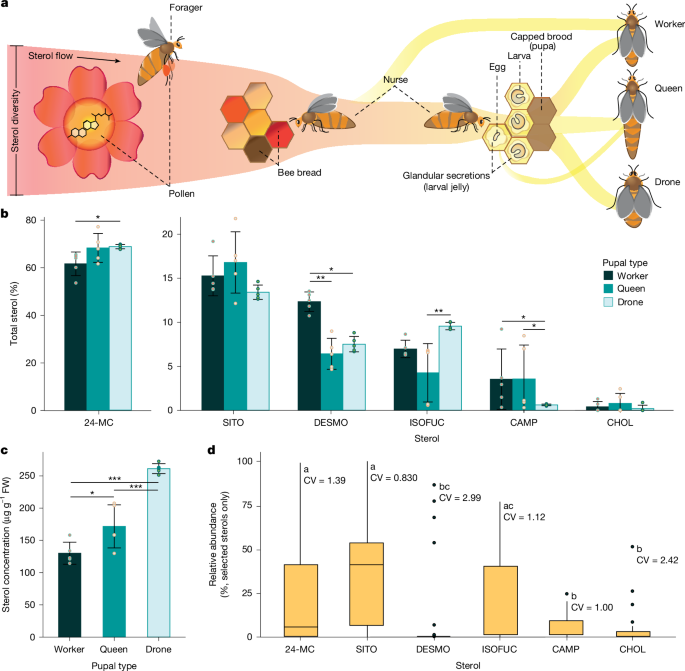Nearly half of U.S. adults have high blood pressure, the top preventable risk factor for heart disease, stroke, heart attack, heart failure, kidney disease, and even dementia.
For the first time since 2017, the American Heart Association (AHA) and the American College of Cardiology recently updated their guidelines to help people with high blood pressure lower their numbers.
“The 2025 updates represent a new accumulation of evidence that gives people better opportunities for longer and healthier lives,” said Daniel W. Jones, MD, dean and professor emeritus of the University of Mississippi Medical Center School of Medicine and chair of the guideline writing committee.
Blood Pressure Measures Remain the Same in New Guidelines
The levels for normal, elevated, and high blood pressure—measured by using a blood pressure cuff device—remain the same:
- Normal blood pressure is less than 120/80 mm Hg
- Elevated blood pressure is 120-129/80 mm Hg
- High blood pressure is 130/80 mm Hg or higher
For people with high blood pressure, here are six main takeaways from the new guidelines:
1. Get on Medications Sooner
The new guidelines advise doctors to prescribe medications for patients with high blood pressure sooner, especially if three to six months of lifestyle changes don’t bring down their numbers.
A key reason for quick action, Jones said, is that new research has confirmed that high blood pressure is also a factor in cognitive decline.
But even if you start taking blood pressure medications, your doctor will still encourage healthy habits like regular exercise and a balanced diet, said Scott Jerome, MD, director of Ambulatory Services and Outreach for Cardiovascular Medicine at the University of Maryland School of Medicine.
2. Lower Your Salt Intake Even Further
Like the old guidelines, the update still calls for limiting sodium to less than 2,300 mg per day (about one teaspoon of salt) and working toward a goal of no more than 1,500 mg per day.
The AHA advises checking food labels because U.S. adults get most of their sodium from packaged and restaurant foods. Many restaurant chains also list sodium content online, and at dine-in restaurants, you can ask if they can limit salt or serve sauces on the side.
When cooking at home, try salt substitutes with potassium and add more potassium-rich foods like bananas, spinach, mushrooms, and honeydew melon.
3. Try to Quit or Limit Alcohol
The new guidelines advise abstaining from alcohol. For those who do drink, the advice is to have no more than two drinks per day for men and no more than one drink per day for women.
A 2023 review of seven studies in Hypertension found that every additional alcoholic beverage may increase blood pressure over the years, even in people without high blood pressure.
4. Manage Stress
Stress is linked to heart disease. The guidelines advise exercising and incorporating stress-reduction techniques such as yoga, deep breathing, and meditation.
Like the 2017 guidelines, the update still recommends 75–150 minutes of weekly exercise, including aerobic activities like brisk walking and strength training with bands or weights.
5. Lose at Least 5% of Body Weight
The new guidelines recommend losing at least 5% of body weight in adults who have overweight or obesity. Talk to your doctor about diet changes, injectable weight loss drugs such as Wegovy or Zepbound, or weight loss surgery.
6. Adopt the DASH Diet
The 2025 guidelines continue to advise healthy eating, especially the DASH diet, which focuses on less salt and more produce, whole grains, legumes, nuts, seeds, low—or no-fat dairy, poultry, and fish.
Know Your Blood Pressure Numbers
Knowing your blood pressure numbers is essential to benefiting from these updated guidelines, but too many people don’t know, said Allen Taylor, MD, chairman of Cardiology at MedStar Heart and Vascular Institute in Washington, DC.
Taylor recommends having a blood pressure cuff at home, sharing your numbers at your doctor visits, and reporting any changes to see if additional adjustments—both lifestyle and medicine—are needed.
Source link


